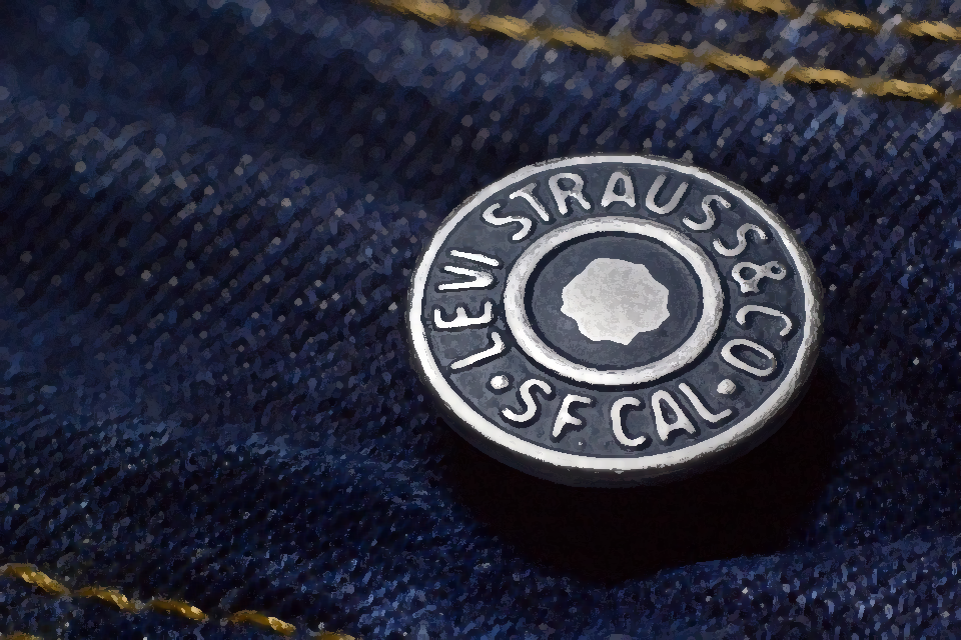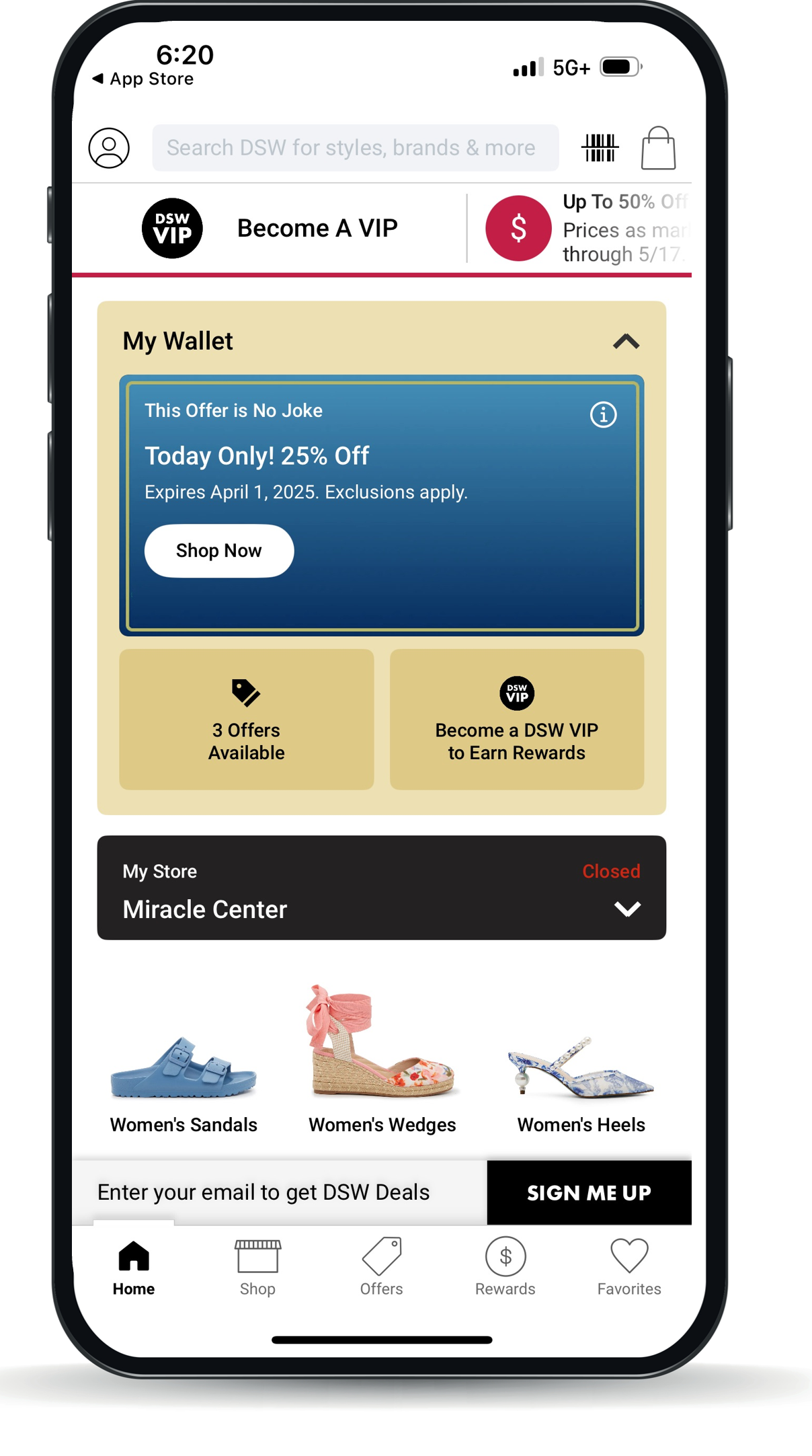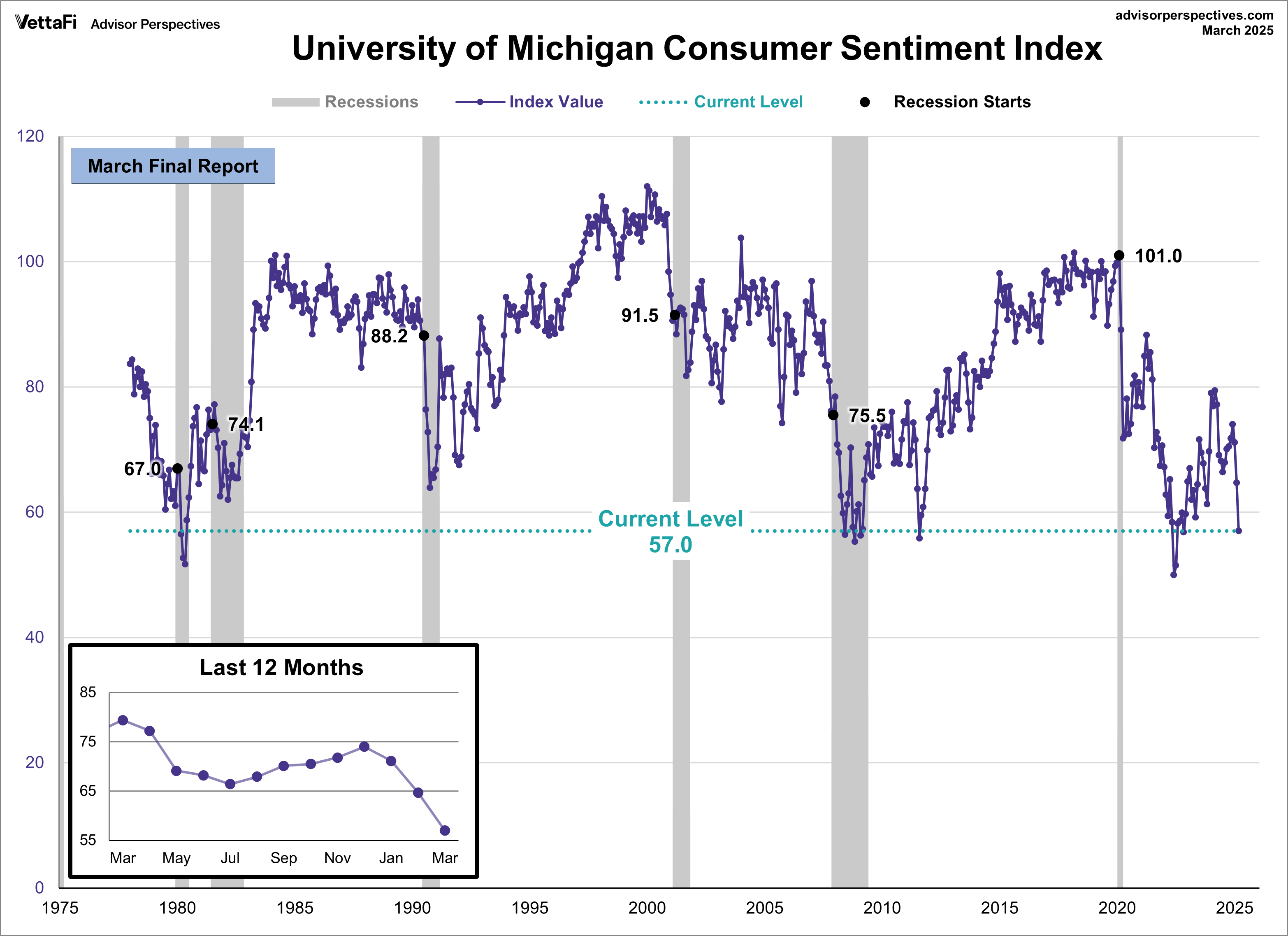
Think in terms of metaphors. When I ask you to make a connection to something that makes you feel abundantly comfortable, what comes to mind?
Of course, your responses will vary depending on who you are and your life experiences. But for a lot of people, “like a pair of old jeans” is the image that comes to mind in our collective memories.
We instantly know the feeling, not just physically, but also mentally. The metaphor might also conjure up our youths, and perhaps simpler, less stressful times.
While the specifics of the clothes we wore “back in the day” (or how mom or dad dressed us) may differ by gender, generation, and other factors, many of us grew up wearing Levi’s. The more they faded, and even wore out is still part of the charm of these casual clothes that some of us might even associate with the core of who we believe we really are.
At least, the current team at Levi Strauss—a brand that’s been a part of the fabric of America—literally!—since 1873 certainly hopes so.
And despite their truly impressive 150+ year history, the company still has lofty goals about where to head next. This includes going beyond brick-and-mortar sales and becoming a force in direct-to-consumer sales. Levi’s would also like to have a more balanced consumer base which has traditionally leaned male. While women now make up 30% of sales, the hope is to one day achieve a 50:50 mix—a healthier factor especially has fashion trends inevitably morph.
Levi’s CMO, Michelle Gass, also realizes the importance of remaining relevant in the face of unprecedented competition for the consumer’s dollar and their attention.
If a lot of this brand journey seems to resemble broadcast radio’s challenging trajectory, you might already be connecting those strategic marketing dots.
A recent story in Retail Dive framed the current pressure a heritage brand like Levi’s is feeling. Oftentimes, it comes down to managing the customer relationship—that indelible sense Levi’s exude quality and durability. And to a great degree that means leveraging consumer memories of the brand.
And there’s no one better than a current icon to remind us of our past experiences with the brand.
Like Beyoncé.
On her Grammy award-winning Country album, Cowboy Carter, there’s a song called “Levii’s Jeans” where Beyoncé makes them the centerpiece. These are the moments where brands have to be in the moment.
But even with a century and a half of credibility, Levi’s Michelle Gass knows that when the going gets tough, the brand needs to step up:
“It’s up to us. If the wallet’s tighter, then we have to work harder. We have to work harder in driving brand relevance. We’ve got to make sure that every single time they’re coming into one of our stores, it’s a phenomenal experience. And we’ve got to keep innovating and bringing them newness and things that they can’t resist buying. That’s our job.”
 The analogies to an “old school” medium like radio are obvious. Most of the world over 40 grew up with AM/FM stations, but most broadcasters realize the digital space is now a key component. In many ways, remaining relevant is an important part of this process.
The analogies to an “old school” medium like radio are obvious. Most of the world over 40 grew up with AM/FM stations, but most broadcasters realize the digital space is now a key component. In many ways, remaining relevant is an important part of this process.
Gass readily admits the Beyoncé song literally fell into the company’s lap. These kinds of cultural opportunities can happen with brands like Levi’s as well as with heritage radio stations. Yet, as a company, you have to step into that cultural moment where a star actually gives you the spotlight. This is where being in the moment matters—a great deal.
Across the mall, another retail brand is also attempting to update its image without losing any of its reservoir of “heritage points” in the process.
Retail Dive also spoke to DSW Designer Shoe Warehouse CMO Sarah Crockett (pictured) about many of the same challenges facing Levi’s.

In each case, these marketing mavens stress the importance of “organic evolutions” rather than complete makeovers. As Crockett pointed out in a recent speech, “There’s so much goodness at DSW from our past, we would be foolish to throw that in the trash.”
While she’s only held this position at the shoe retailer for under a year, she’s savvy enough to know how DSW got to the dance. And a lot of it rests with the same quality that ignites Levi’s—as well as many radio stations we’ve encountered along the way.
It’s what Crockett refers to as the “nostalgic connection” to the brand, the connective tissue that helps cement the company’s bold new endeavors with the foundation of the past.
Many heritage players—whether they’re marketing jeans, shoes, Classic Rock, News/Talk, Hip-Hop, or a syndicated personality show are experiencing similar turbulence. DSW CMO Sara Crockett frames it nicely:
“The biggest challenge is: How do I maintain focus on this midterm, long-term journey that we’re on to reimagine that emotional response but also drive the business on a daily basis?”
Both of these executives charged with the management of their respective brands share another thing in common—a nuanced understanding of the current customer as well as those they aspire to serve.
While neither reveals even vague details about the research they each conduct or the data available to their teams, it is clear each melds a clear-eyed view of their brands and the total marketplace, with sophisticated analytics that frame their thinking.
Another element common to both Levi’s and DSW is celebrity partnerships. Beyond the Beyoncé connection with Levi’s, DSW has utilized Jennifer Lopez and Ariana Madix (Vanderpump Rules) in addition to well-known stylists to keep their respective brands top-of-mind and buzzworthy.
In “radioland,” the celebrity factor, of course, is usually a function of a station’s personalities and hosts. While most consumer brands have to hire spokespeople, great radio stations nurture their in-house talent and utilize them strategically to help reach out to audience members as well as advertisers.
What keeps both CMOs up at night? Probably some of the same things that cause many of us to lose sleep over how our brands are faring.
For DSW’s Crockett, much of her focus will sound familiar to radio people: meeting the customers where they are. She notes many shop at both a brick & mortar store and DSW’s digital assets.
people: meeting the customers where they are. She notes many shop at both a brick & mortar store and DSW’s digital assets.
In fact, she points to the mobile app as driving loyalty and providing an easy way customers can browse and shop.
Across the street, Levi’s CMO Gass is sweating the externals: between a volatile political environment and a moment in time where consumer confidence is eroding, Gass knows that at times like this that consumers “go to brands that they trust and that they love…”
Below is the latest from the University of Michigan measuring consumer sentiment. Many economists believe it’s a telling measure of the general mindset and the barriers or opportunities the economy is facing:

Notice also the inset below left that shows the troublesome trend in consumer confidence over just the past year.
While Gass is only too well aware she cannot control these macro economic trends, she also knows this is when brands have to step up:
“If the wallet’s tighter, then we have to work harder. We have to work harder in driving brand relevance. We’ve got to make sure that every single time they’re coming into one of our stores, it’s a phenomenal experience. And we’ve got to keep innovating and bringing them newness and things that they can’t resist buying. That’s our job.”
It’s radio’s job, too.
- Who At Your Station Would The Audience Like To Have A Beer With? - May 20, 2025
- Lessons For Radio From The Recent Google Home Outage - May 19, 2025
- The Rock Hall’s Most Egregious Snub Yet? - May 16, 2025




I tell you Fred, you’ve got more topical imagination than any other columnist I know. 🙂 Cheers.
Is that a nice way of saying “too much time on my hands?” I appreciate that, Brad, from one scribe to another! Hope you’re doing well.